Falcon was standing alone in the field, which in itself is not a strange thing as this particular thoughtful, dreamy horse often lets the herd drift away while he occupies his own little world. What was strange was that he had been in the same place for hours, and the herd was no where to be seen. I noticed without really noticing – the farm hummed with life and productivity, we were working outside with the animals, the grass was beginning to grow, and the sun was warm on our skin. A friend of mine was visiting and wandered out to the rock pile in the middle of the field to meditate. She was drawn to visit Falcon, and came back immediately. “That horse is bleeding!”

I rushed out to him, realizing now why he had been hovering in my periphery, and saw a terrible gash at his hock joint. The blood was dripping but not flowing. When he moved away, his face was strained and his gait painful. And I could see hard, shiny, white bone peeking out of the cut with each step.
When facing a crisis, or potential crisis, I find I go immediately to worst-case-scenario. It seems to help me to think clearly, to go to the most dreaded thing and work backward, so that I can accept the possibilities and use the process of elimination to know what I have to do. I’m sure I could do this the other way around and work from the best-case-scenario, which might be less alarming, but I just don’t. So when I saw bone – which pushed through the wound and gaped and ground with each step – and the pain on his face, I thought – right, might have to call the neighbour to bring his rifle. Sorry folks, that’s what life at the outskirts has done to me. That’s worst-case-scenario. Of course, this was extreme in any case. But what if he’d broken or ripped something internally? Were we set up to deal with something that serious?
When I called the vet (who took a bit of time to get back to me on Easter Sunday), she talked me through the signs and helped me determine that a) I saw bone because bone was there, just under the surface of the cut, and it did not mean anything besides the fact that he had bones and had been cut on top of one; b) if he could walk at all there was no need to think about shooting him so don’t even go there; and c) so long as it stayed cool and the bugs weren’t bad, there wasn’t much to do besides hose him down, which he would never allow, so actually just leave him be and observe for signs of infection.
This had happened all too recently, when three horses – including Falcon – had all been attacked by the boar while we were out for the day. And we had learned then the power of staying out of the process, sitting on our hands and dealing with the anxiety ourselves, instead of putting it on the horses. We had learned how thoroughly a body can heal without any intervention, and the inherent intelligence of both the horse and its body in directing that healing. As my friend wondered aloud, “but shouldn’t you be doing something? How can he be okay like this?”, I found myself asking the same questions again.
I tried to bring him in to rest in the barnyard, where he wouldn’t be forced to move by the herd and we could keep him well fed. I spent more time than I care to admit with a halter on him, coaxing and pushing and harassing him to come with me so that I could feel like I was doing something. He adamantly refused, and I had to admit that my idea wasn’t really any better than his. He could stay in the big field with his herd and move when he wanted to. We took enough hay and spread it out that he could have some without being pushed off, and buckets of water spread out similarly. And we waited.
Believe it or not, this is how I have “solved” most horse injuries over the years. Water and food placed strategically to minimize unnecessary movements, freedom to move at will if desired, and no separation from the herd, which can cause stress and pacing. The body and spirit stay strong, and the damaged part knits itself back together with that incredible persistence and resourcefulness all living things possess.
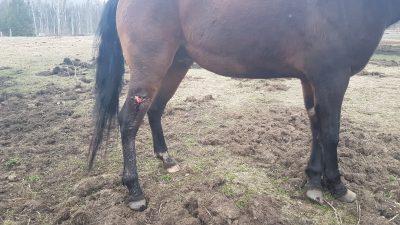
Once Falcon started moving again with more ease, I could see this was more or less a repeat of January’s ordeal – though why Falcon had been hurt again, and how, might be another story to unravel with him in the future. Given freedom and minimal stress, Falcon was able to stop the bleeding, scab over, and put on new tissue across the gaping wound. He was moving normally and rejecting offers of wound treatment, anti-bacterials, and most homeopathy besides the occasional pellet of Arnica. So far, so good.
But because of the location of this wound, Falcon was putting on proudflesh. This was something we tried to avoid with the last bunch of wounds, and Amalia showed me her method of abrading the granulation to prevent its build-up. Now he had a softball-sized lump under the wound and a stubborn pink substance bridging the gap where his hide was still parted. We waited to see if it could resolve itself – he seemed to be abrading it with his muzzle – but weeks, then months passed, with no improvement.

My mother felt it was time to intervene and wrote to our homeopath, who has treated our family for over 25 years. She suggested Silicea, at 200cc. Twice a day for a week, then a week off, and then another week on if needed.
Falcon happily ate the pellets when stuck into some apple or carrot, but then I had to bring enough for the rest of the horses and sort of choreograph the whole situation based on their varying ranges of bossiness. Falcon, being the least-bossy, is the hardest to give something nice to when everyone is present. So I tried offering just the homeopathic pellets, which the other horses quickly lost interest in – while Falcon, after a long, thoughtful snuff, would lift them out of my palm with delicacy and caution (the pellets are smaller than peppercorns), and crunch them up enthusiastically.
In that first week we saw the wound start to close again and the swelling decrease significantly, after weeks of it not appearing to change. Even more fascinating, the next week when we did not offer him any Silicea showed even more rapid healing.
We did offer him another week of treatment, which he accepted, and since then have offered the remedy to him ad hoc. Sometimes he shows interest, and even if he doesn’t manage to grab it out of my hand he allows me to slip it into his cheek. But other times he refuses it or simply isn’t interested and is left alone.

The gap in his flesh has finally closed, but the lump remains. We now need to offer him something to reabsorb the excess fluid and tissue, if that’s what his body wants. If the lump is here to stay, it really does not affect anything (other than our human egos in wanting to have completely “solved” this case). It is up to Falcon to determine what, if anything, happens next. And I’ll make sure I update this page if and when when it does.

A barefoot hoof trimmer, a singer/songwriter, an amateur farmer – these are some of the hats Kesia Nagata wears when she’s not full to bursting with wondrous equine co-creation.


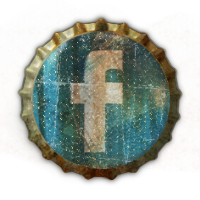
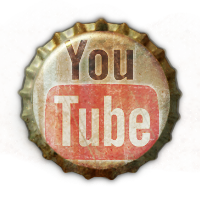


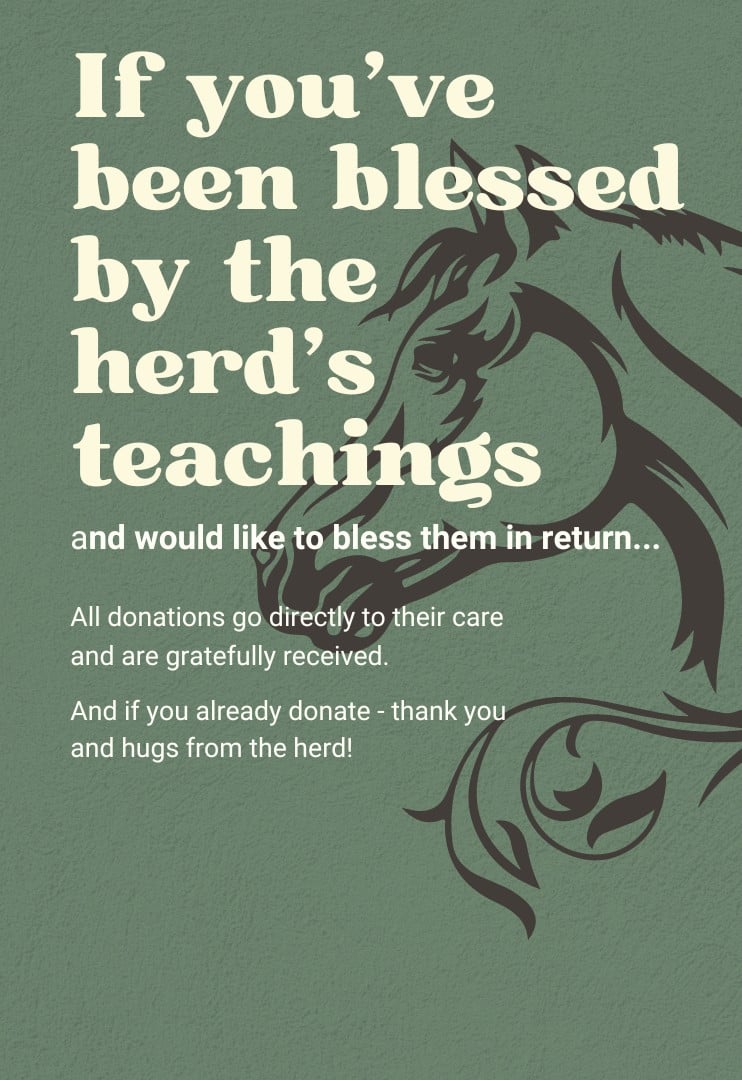
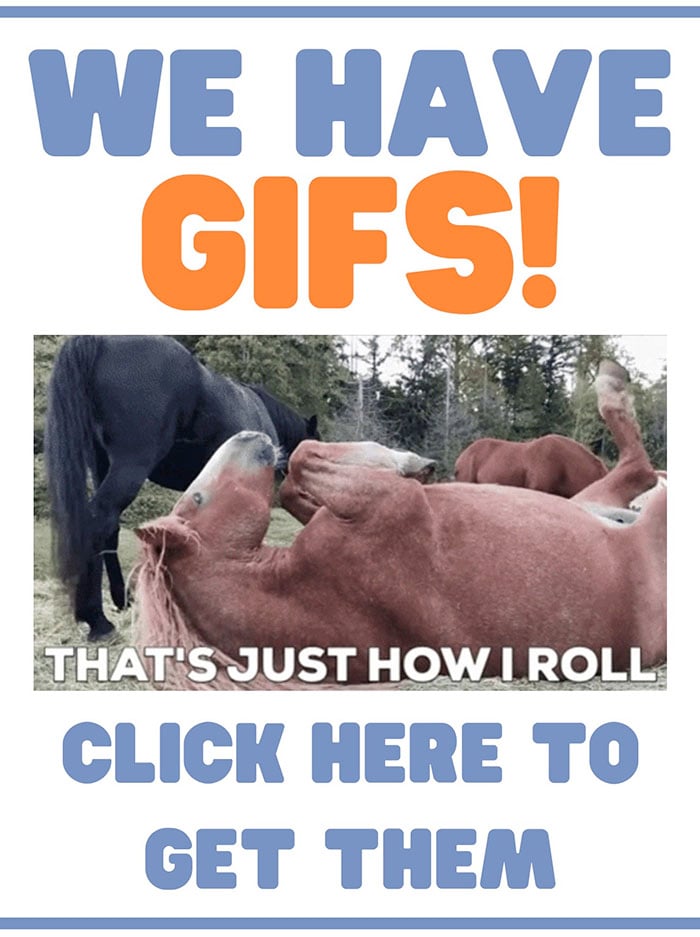
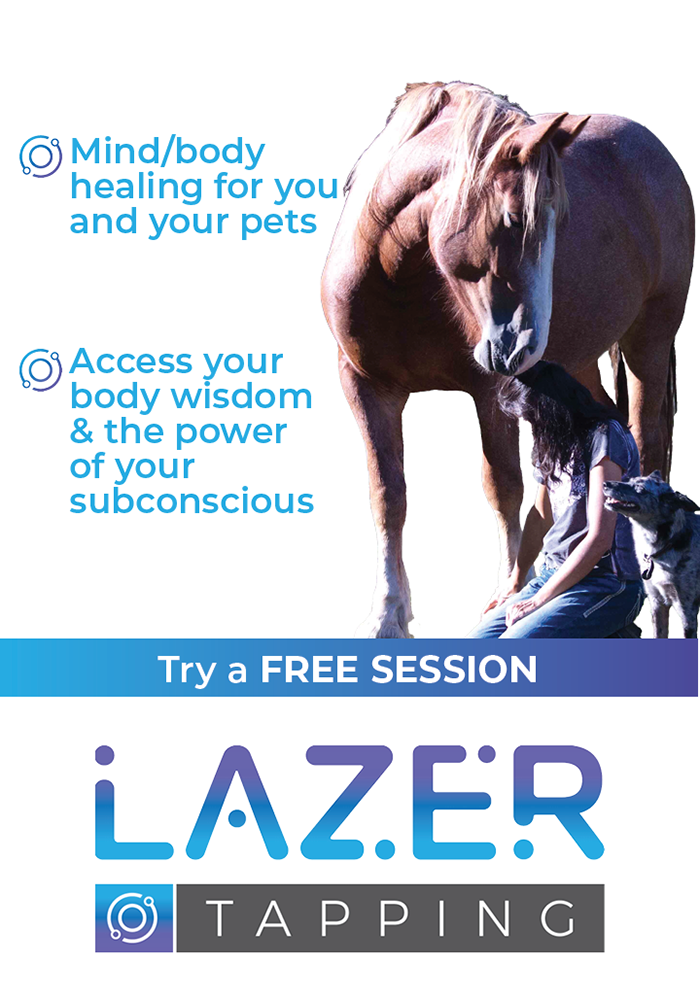
I will forever remember Mary’s quote that observing is doing something! It is such a profound idea! I always keep it at the forefront of my thinking! It actually applies to so many situations! It truly is a statement to live by! Very cool to see Falcons recovery process and yes please update if the lump decides to dissipate? Curious if the boar is still a part of your dynamics…and if the horses stay clear of him? Also this may seem a bit unknowing…but is a boar just a male pig? ✌🏼❤️🐴
Funny, after I wrote this I checked the lump and it’s still the same size but much softer! Almost like it’s fluid and not tissue. So that’s kinda cool!
And yes, I agree, Mary has gifted us with a perfect sentence to calm the mind and wait to see what is actually happening.
As for the boar – and yes a boar is a male pig, but specifically an intact male pig, and just to make it confusing, a boar is also the general species name for a kind of wild pig – … both times he was out at the same time as the horses since he’s been full-grown resulted in these horrible gashes. So yes, he’s still around, but no, he is not invited to participate in the full farm dynamics anymore! A real shame because all the pigs thrive when they’re allowed to roam. He has a large paddock with grass and trees, dust bath, mud puddle, and shelter, and will soon have about 3 acres to share with his companions. We currently rotate the sows and Louie the barrow (“gelded” boy pig) through to keep the boar company, while everyone else gets to free range. He’s a pretty quiet, mild mannered guy, except when he isn’t, and that has proven too hard to control/predict…and those razor sharp tusks and tree-trunk neck are a truly scary combo!
Seeing a poking out bone would be a new experience for me, and yes, I would likely have an initial moment of high anxiety and worry. But from your explanation from the vet, that there’s a bone there right under the skin, no big deal, broadens my knowledge and ability to handle bad looking wounds. Thank you. It will be fascinating to see what his body does next. I have no doubt there is a plan with a purpose beyond our current understanding. I look forward to hearing how it unfolds.
Several years ago my horse caught his hind foot on something and took the skin off at the pastern. It was the first time I had ever seen a palm of the hand size wound with no skin. It was shocking. Initially I just rinsed it off and put a bandage on it once a day. I never applied anything topically. Very quickly it started to scab over so I just did a spot rinse with a sponge and left it open to the air at which point I figured the sooner he was back out in wide open space just being a horse (and not in a paddock so I could “dress the wound”), the better. People around me didn’t get it. They wanted to control the environment to prevent the wound from getting dirty. However, I found a paddock to be much “dirtier” than a huge open field. I listened to my horse; let him back out free and trusted that he would take care of himself, and he did. It healed beautifully.
The body has amazing capabilities. Observing and allowing and only acting when called upon has really taken the stress out of a given situation. There are always new, shocking and alarming things to witness and practice allowing. I’ve really come to trust that these horses know what they’re doing and are more than happy to let us in on their wisdom. Thank you for sharing. Can’t wait to hear what happens next.
Spero had a similar injury to what you describe, years ago, except that he truly lived in mud and there was no escaping it. I did what I “should” for a few days, trying to keep it covered with polysporin on the wound.. but I wasn’t able to be there every day. The bandage was falling off, the wound wasn’t healing. I finally gave up, slapped some honey on it and left it open. When I came back a couple days later, it was healing up nicely, mud and all.
I’m coming to understand the importance of “supporting” healing rather than trying to direct or control it. If the rest of the body, immune system, etc are in good balance, the body can almost always do what it needs to do. Sometimes we can help with herbs or homeopathy, which call forth the body’s resources to heal, or with little treatments that the horses ask for or allow that remove obstacles to healing.
Speaking of alarming, I stopped in at the neighbour’s to get a load of hay, and found a mother horse and foal in a paddock while the rest were roaming free. She was laying down and when I checked on her, she couldn’t get up. Her shoulder was badly swollen and she was groaning, her eyes rolling back in her skull from the pain. I’ve never seen a horse in that much pain. I tried to get a message to the owner, who wasn’t on site, and stayed with the mare and foal for a bit but could feel that my presence as a stranger was more distressing than leaving her alone. When the neighbours returned, I learned that she had a dislocated shoulder! The vet had offered to put her down but they had decided to let her try to heal, so the baby wouldn’t be orphaned. Apparently, she was better than she had been, so maybe she’ll pull through. I thought, well this puts all my little worries and tiny flesh wounds into perspective!
p.s. the video on Pain is here:
https://youtu.be/602pYApJmDM
Love the video. Thank you, Jini!
Nothing like gelding fun time to beef a boy up!
I have no idea why Falcon put himself in harm’s way again. This time the boar was out, there was nowhere to be cornered and no resources to compete over. Nobody else got hurt and there was no sign of any struggle. Falcon appears to be slow to react sometimes, a little dissociated – or maybe that’s just human interpretation and he has his own purposes!
As for pain, I agree with you that animals experience it differently, or more simply, than we do. When we first found him, that pain looked like “oh shit!” written across his face – usually everyone is a lot more stoic. That’s what caught my attention! Within a day, he was running on it again, though. My version of “helping” sounded worse to him than pushing into the pain. Go figure!